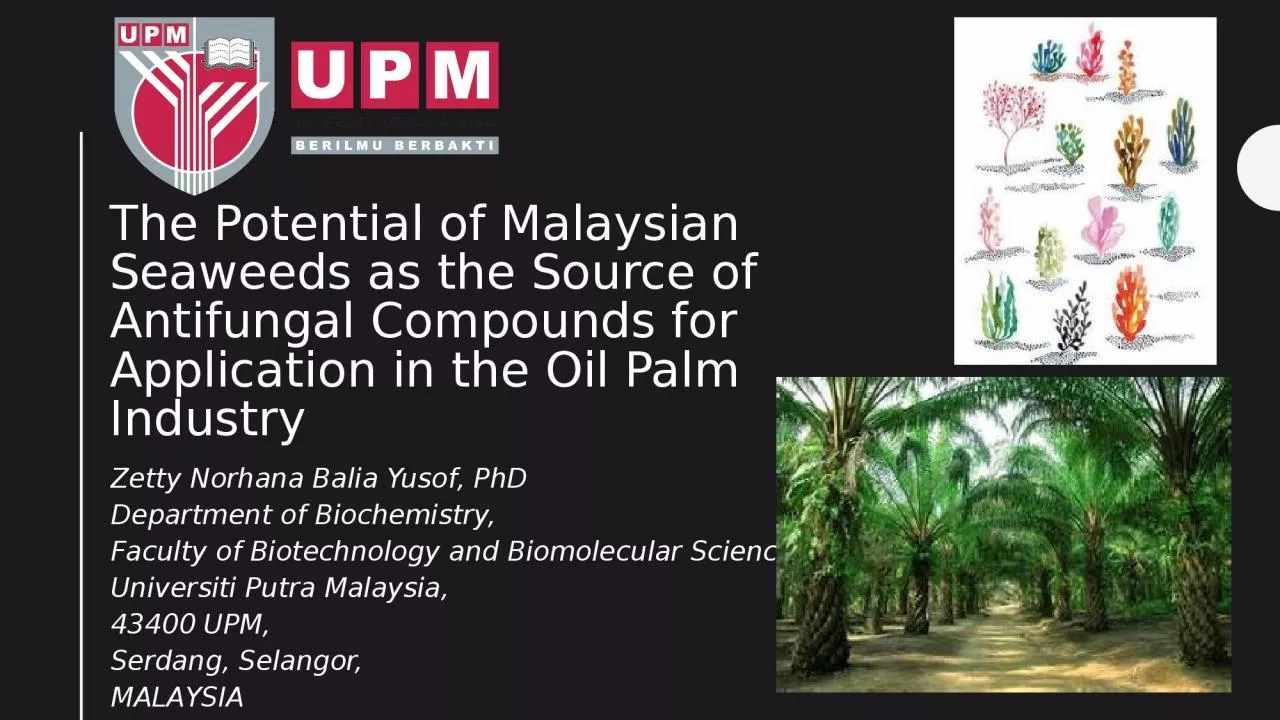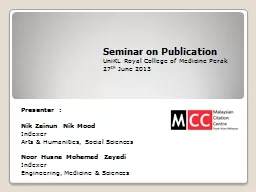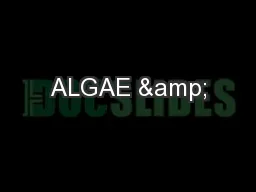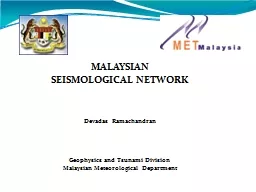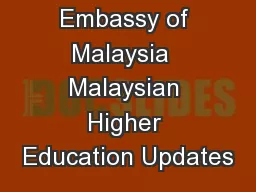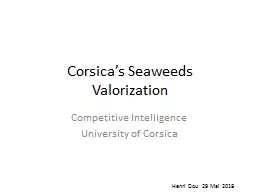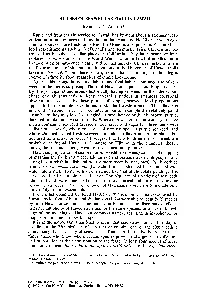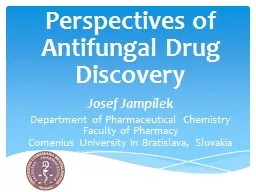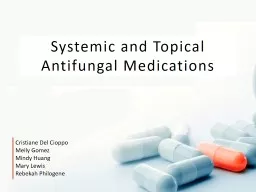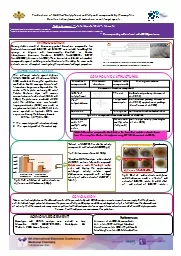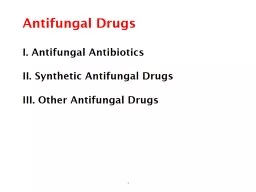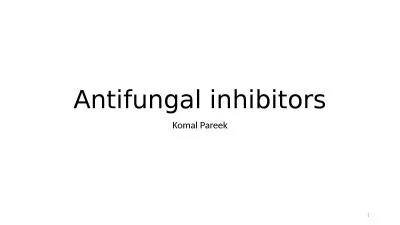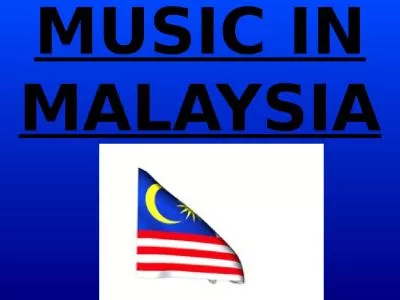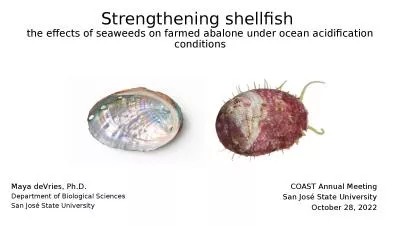PPT-The Potential of Malaysian Seaweeds as the Source of Antifungal Compounds for Application
Author : Soulmate | Published Date : 2022-08-04
Zetty Norhana Balia Yusof PhD Department of Biochemistry Faculty of Biotechnology and Biomolecular Sciences Universiti Putra Malaysia 43400 UPM Serdang Selangor
Presentation Embed Code
Download Presentation
Download Presentation The PPT/PDF document "The Potential of Malaysian Seaweeds as t..." is the property of its rightful owner. Permission is granted to download and print the materials on this website for personal, non-commercial use only, and to display it on your personal computer provided you do not modify the materials and that you retain all copyright notices contained in the materials. By downloading content from our website, you accept the terms of this agreement.
The Potential of Malaysian Seaweeds as the Source of Antifungal Compounds for Application: Transcript
Download Rules Of Document
"The Potential of Malaysian Seaweeds as the Source of Antifungal Compounds for Application"The content belongs to its owner. You may download and print it for personal use, without modification, and keep all copyright notices. By downloading, you agree to these terms.
Related Documents

